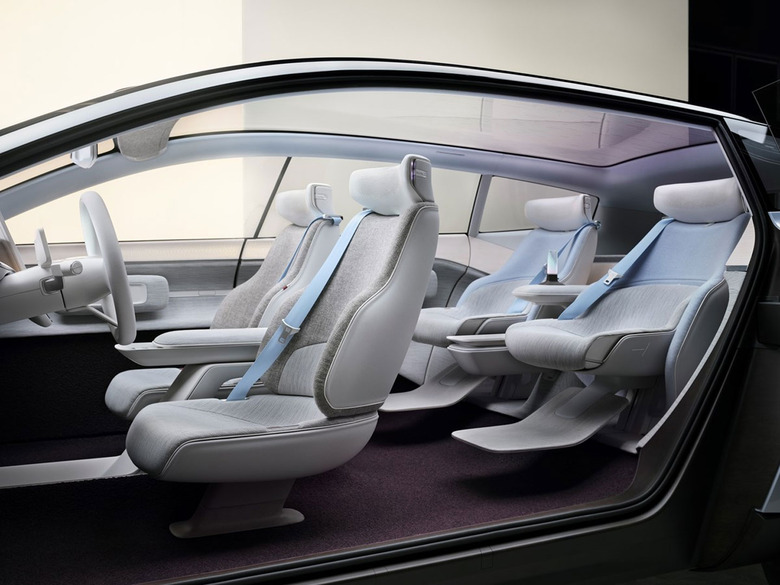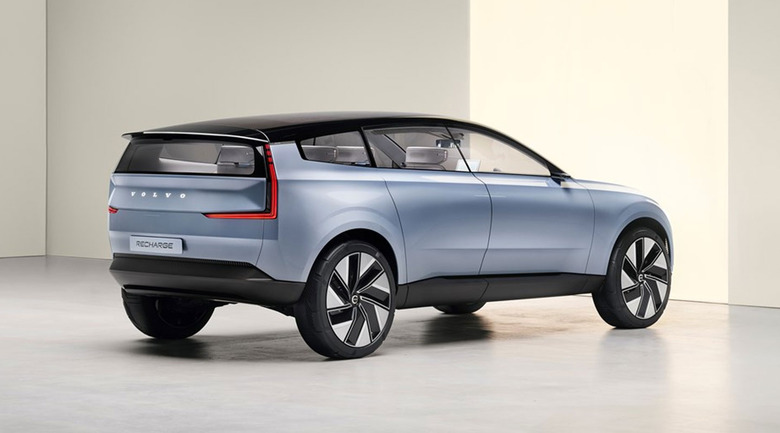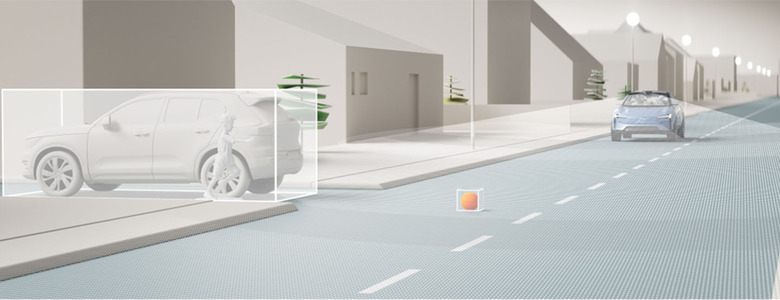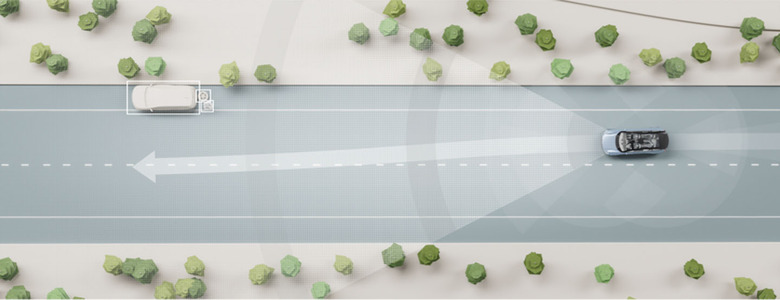Volvo Ride Pilot autonomous driving feature to launch in California
Many automotive manufacturers have been working to develop autonomous driving capabilities for their vehicles. The ability for a car to drive itself without supervision from a human is an interesting prospect that many feel will usher in a much safer era for our highways around the country. The benefit of autonomous driving is that the sensors and systems enabling the car to drive itself never get distracted and are always on the lookout for hazards making safety a priority.
Another significant benefit of autonomous technology is that it will free the driver from operating the vehicle, allowing them to enjoy their trip with friends and family or work. Many people could use the extra time in the day to get their work done, and autonomous driving features such as Volvo Ride Pilot promise just that.
Ride Pilot Debut
Volvo Cars has announced that it will introduce Ride Pilot, which is an unsupervised autonomous driving feature in California first. Ride Pilot will be available in the next generation of Volvo electric vehicles. However, Volvo is clear that Ride Pilot still has to be verified safe for use on highways.

Autonomous and driver assistant technologies that take over the vehicle's operation from the driver have no room for error. Unfortunately, as we have seen in multiple accidents involving Tesla vehicles and the Autopilot driver assistance technology, there are still challenges ahead for self-driving systems. Granted, Tesla's Autopilot is not an autonomous driving system, and drivers behind the wheel are supposed to be paying attention while the vehicle is in operation. Still, it's very easy for drivers to get distracted.
Ride Pilot as a Subscription
Volvo has announced that Ride Pilot won't be a feature that you pay for upfront when purchasing a vehicle and have indefinitely. Instead, once Ride Pilot is verified as safe for use on highways, it will be offered to owners of compatible Volvo vehicles as a subscription service. That means even if you pay cash for your vehicle, you still have to pay Volvo every month to use the autonomous driving feature.

Volvo isn't the only automaker eyeing a future where features are no longer on the vehicle when you purchase it and require customers to pay additional fees to get them. The notion of a future where even when your car is paid for, you still have to fork out money to an automaker each month for features you want to use on a car you bought doesn't sit well with many people. Unfortunately, Volvo isn't the only automaker looking to a future where customers pay them subscription fees to use features on cars they own.
Ride Pilot Development
To develop the Ride Pilot software, Volvo teamed up with Zenseact, which develops autonomous driving software. The company worked with an in-house development team at Volvo and developers from another Volvo technology partner called Luminar. The software works in conjunction with more than 24 sensors embedded within Volvo's coming fully electric SUV, which will be revealed later this year.

The sensors include Luminar's Iris LiDAR sensor, five radars, eight cameras, and sixteen ultrasonic sensors. Lidar is a critical piece of technology for autonomous driving as it allows the vehicle to detect obstacles in its path. For a vehicle with no human behind the wheel, detecting pedestrians, vehicles, and other obstacles is critical for safety.
Volvo says its software-sensor combination will allow the level of safety the automaker is known for. The coming electric SUV will be equipped with the technology required to enable Ride Pilot as standard from day one. Ride Pilot will be available to customers once it completes verification and testing to ensure its safe use on highways.

Part of the development process for the autonomous driving feature involves ongoing testing of its functionality on roads in Sweden. Volvo is also collecting data for Ride Pilot in Europe and the US. Volvo intends to begin testing on roads in California by the middle of 2022. As for why Volvo chose California, the automaker says the climate, traffic conditions, and regulatory framework are ideal for developing its autonomous driving technology.
Ride Pilot Rollout
Volvo intends to make Ride Pilot available in California first. As previously mentioned, the electric SUV to support the autonomous driving feature should be ready by the middle of 2022. After Ride Pilot debuts in California, Volvo plans to gradually roll the feature out to other markets around the globe.

There is no indication of how much the coming electric SUV will cost to purchase. Volvo also doesn't mention how much a monthly subscription to the Ride Pilot service will cost. We don't particularly like the prospect of a future where you purchase a vehicle with all the hardware you need for autonomous driving but have to pay a monthly subscription to use what you already purchased.
